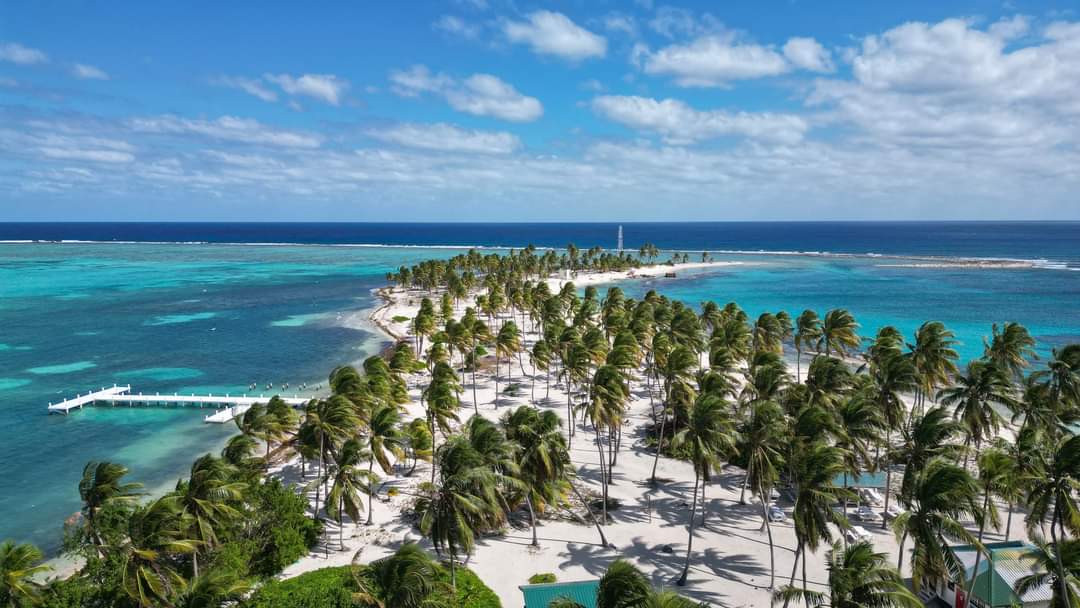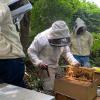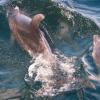Are Protected Areas really the answer?
NEW BLOG POST | 001 | 1 OCTOBER, 2023
Protected areas are a common conservation management tool used across the world today. There are over 200 recognised protected areas in the Caribbean, which can be viewed on our Protected Areas Dashboard . In fact, the global community has agreed to protect 30% of its land and sea for nature, by 2030. This is known as the 30x30 target or Target 3 of the Kunmin-Montreal Global Biodiversity Framework. But, do protected areas really work and are they really the answer to some of our greatest biodiversity challenges today?
The truth is, that protected areas are not a single conservation strategy. In reality, they are established for various reasons, with very different objectives and criteria for success. Effective protected areas safeguard nature and cultural resources, improve livelihoods and drive sustainable development. The management of protected areas, whether marine or terrestrial, will differ based on the reasons for their establishment, the objectives they seek to achieve, and socio-economic factors.
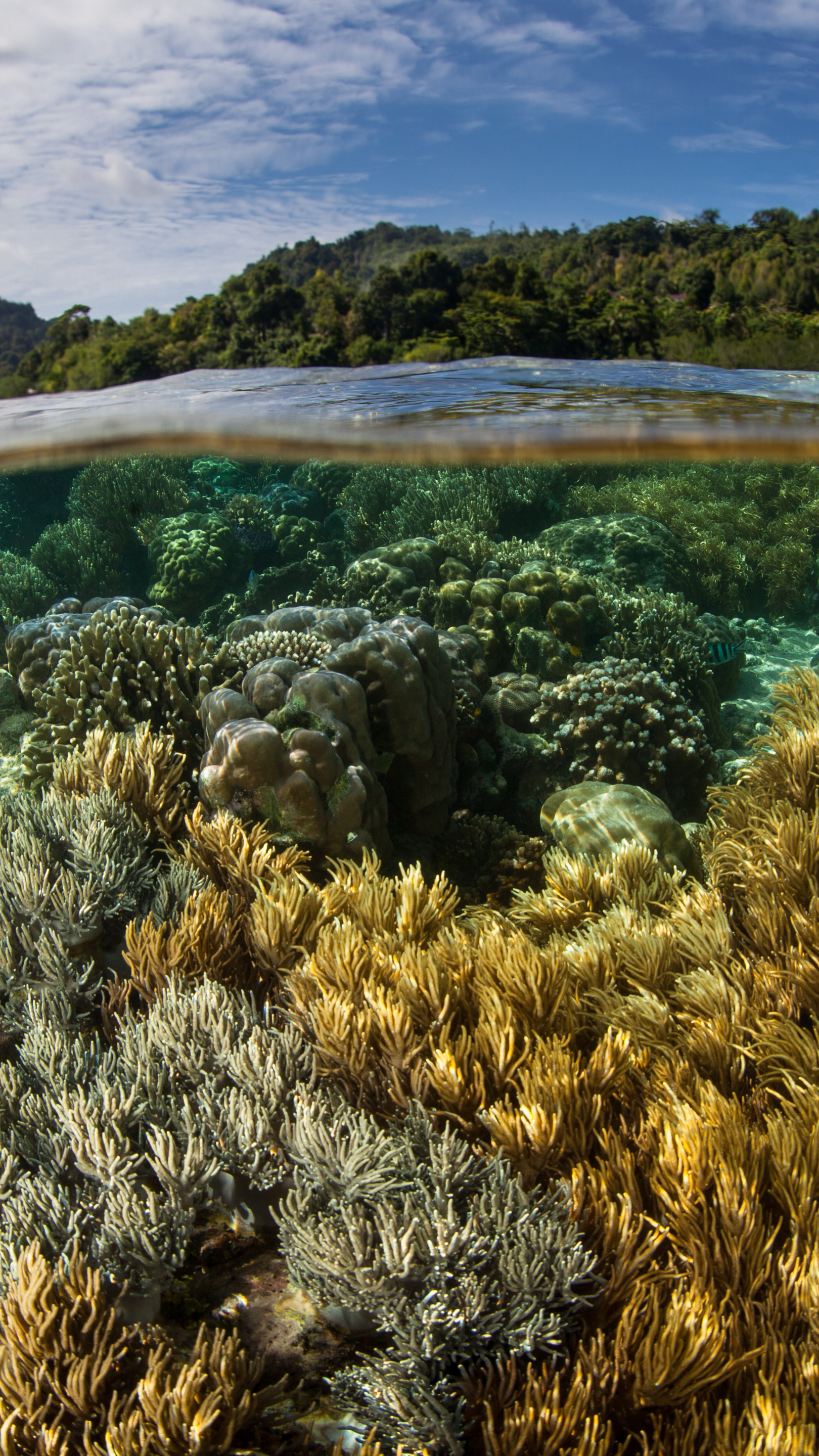
Yet, it is not enough to simply establish protected areas and think they will be the solution. Effective management is key to meeting the pre-determined goals and objectives.
First published in 2002, the Management Effectiveness Tracking Tool (METT) was one of the first tools developed to reflect the IUCN World Commission on Protected Areas (WCPA) Framework for protected area management effectiveness (or PAME). As more countries commit to and begin executing plans to meet the targets of the new Global Biodiversity Framework, understanding what does and doesn’t work is increasingly important. Assessing management effectiveness is a key part of this process.
METT has been designed to track and monitor progress towards worldwide protected area management effectiveness.
It is also used to report progress towards the Convention on Biological Diversity, and provide reports, which may be needed to access funding.
Case Study: Belize - A beacon for the region
The Protected Areas Management Effectiveness (PAME) assessments have become invaluable tools in the realm of conservation management and Belize has been taking advantage of this since 2006. Belize boasts a stunning natural landscape, teeming with diverse ecosystems, from lush rainforests to vibrant coral reefs. Within the boundaries of the 120 protected areas, a whopping 180 PAME assessments have been conducted across 60 sites, underscoring Belize's unwavering dedication to the proper management and preservation of its natural treasures. While PAME assessments aren't a magical solution to solve all conservation challenges, they provide essential insights into the potential of these areas, offering guidance on their management and biodiversity enhancement. This ensures they don't become mere 'paper parks’. One fascinating aspect of PAME assessments is their potential to catalyze management improvements. Thanks to these continuous assessments, Belizean protected area managers have become adept at allocating resources effectively, tackling the most pressing conservation issues head-on.
To put Belize's remarkable efforts into a global perspective, let's take a closer look at the numbers. Worldwide, only 0.35% of Protected Areas from 74 countries have undergone multiple assessments. The data reveals a heartening trend: 69.5% of these areas have seen improvements in their overall scores. For Belize, about 50% of its protected areas have undergone PAME assessments, and an astonishing 96% of these areas have been subjected to repeated assessments, with some as many as seven to nine times. This statistic implies the positive impact of PAME assessments on conservation efforts across the globe.
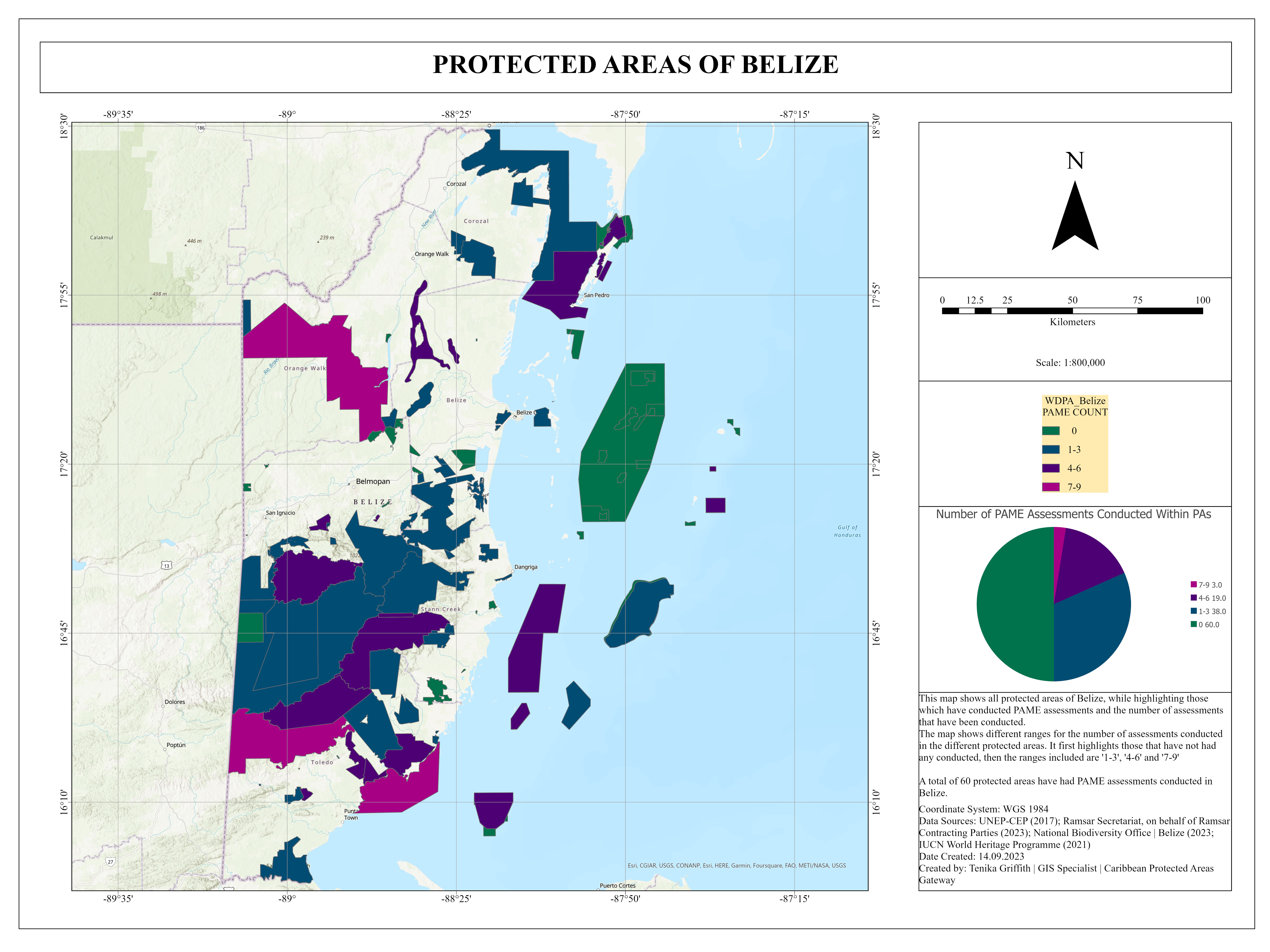
Belize's commitment to conservation, as exemplified by its extensive network of protected areas and comprehensive PAME assessments, serves as a beacon of hope in the region. By continuously improving the management of these critical natural spaces, Belize not only preserves its rich biodiversity but also sets an inspiring example for other nations to follow. The CPAG assists countries and protected area managers with their PAME assessments, and through the BIOPAMA Programme, METT support is available.


